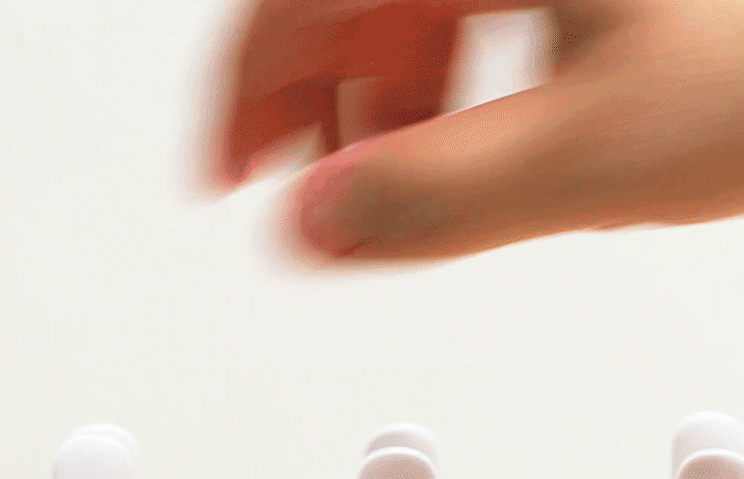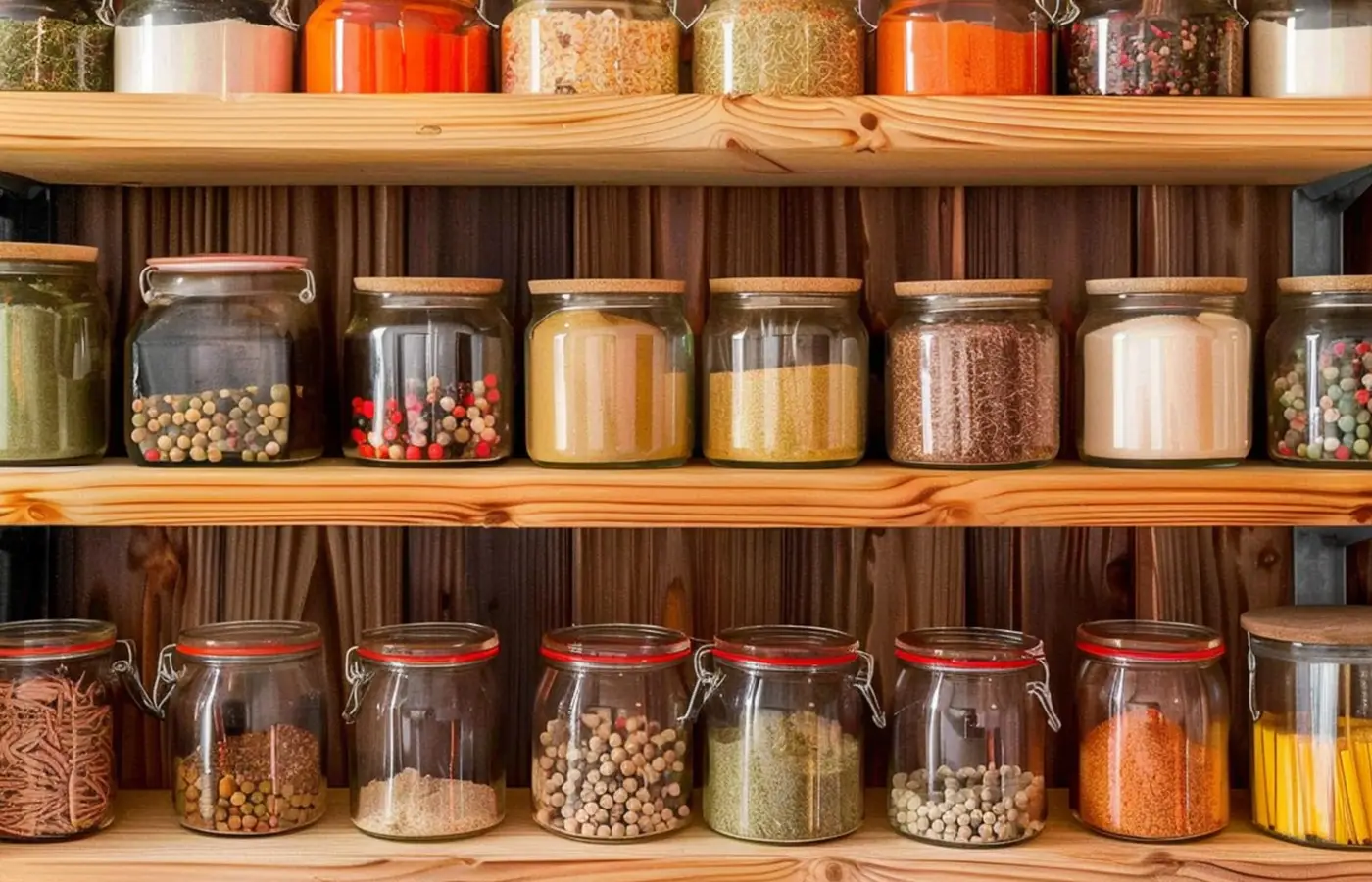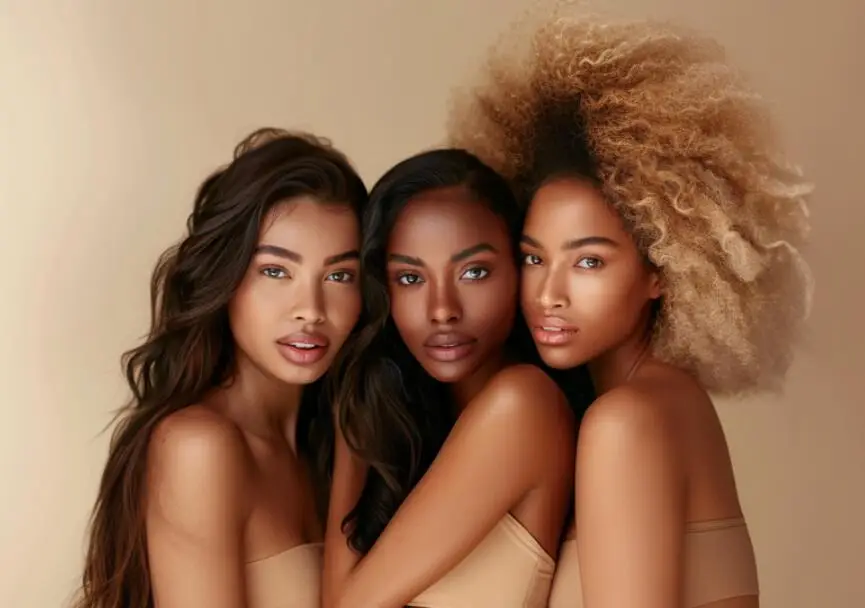How to Stay Warm and Stylish This Winter
Down vs. Synthetic Winter Jackets
If you experience harsh winters, investing in a puffer jacket is a wise choice. There are two main types of puffer jackets: down and synthetic. A down-filled jacket provides the highest warmth and is significantly lighter than its synthetic counterpart. On the other hand, synthetic-filled jackets are generally more affordable and can also offer considerable warmth depending on their quality. However, many synthetic jackets are made from newly produced plastics, which are not environmentally friendly. For a more sustainable option, consider jackets made from recycled materials or seek out vintage pieces. These choices are better for both you and the planet.
Choosing Fabrics That Keep You Warm
When curating your winter wardrobe, it's crucial to focus on the fabrics and materials you select. Prioritizing the quality of materials over brand names will ensure you stay comfortable and warm. Some fabrics are excellent at providing warmth, while others fall short in cold weather.
Let’s explore and compare various fabrics to help you make the best choices for staying cozy during the winter months.

Cotton & Tencel
Cotton and Tencel (Lyocell) are both known for their durability and quality, but they aren't effective at retaining heat and may not keep you warm in winter. If you opt for a cotton top or Tencel dress, you'll likely need to layer with a cardigan or jacket to stay warm.

Silk
Silk is a natural fabric that excels at regulating body temperature, keeping you comfortable. Thicker silk varieties can be an excellent choice for winter blouses.

Viscose
Viscose rayon is a semi-synthetic material made from wood pulp and treated with chemicals. While it may appear light and airy, it lacks breath ability and is water-repellent. This means it can provide warmth but may also trap sweat against your skin.

Polyester
Polyester is a synthetic fabric made from plastic. While it effectively provides warmth in winter, it is not breathable. As a water-repellent material, polyester tends to trap perspiration rather than absorb it, making it less ideal for clothing worn close to the skin.

Velvet
Velvet is a dense, woven fabric available in both natural fibers like silk and wool, which are very warm, and synthetic fibers like polyester, which are less so. Velour, a thinner variant of velvet, is typically made from cotton or polyester. While velvet offers more warmth than velour, both fabrics are suitable for winter and will keep you quite cozy.

Corduroy
Corduroy is a fabric created by weaving fibers in a twisted pattern. Like velvet, it can be made from natural materials such as cotton or wool, or from synthetic blends. Corduroy made from natural fibers will generally be the warmest and most durable option.

Wool
Wool and acrylic may look alike, but they have very different qualities. Wool, a natural fiber, comes in various weights and textures and is arguably the warmest fabric for winter wear. However, wool blended with synthetic fibers isn't as warm as 100% wool; its warmth depends on the wool content. Wool absorbs moisture and helps regulate body temperature, keeping you warm in the cold and cool in the heat.

Acrylic
Acrylic is a synthetic material that doesn't offer much warmth and lacks breathability, which can lead to sweating. It also doesn’t hold its shape as well as wool. To stay warm and dry, it's advisable to wear an acrylic sweater with a t-shirt underneath. Many coats, including faux fur styles, are made from acrylic or synthetic blends. While these options are affordable and can be stylish, a wool coat is a smarter investment. Wool is three times warmer and more durable, ensuring it lasts much longer.
Materials such as silk, velvet, corduroy, wool, and leather are ideal for a winter wardrobe. They offer exceptional warmth, softness, and coziness. Additionally, combining these fabrics creates intriguing textures and stylish contrasts, don’t you think?













